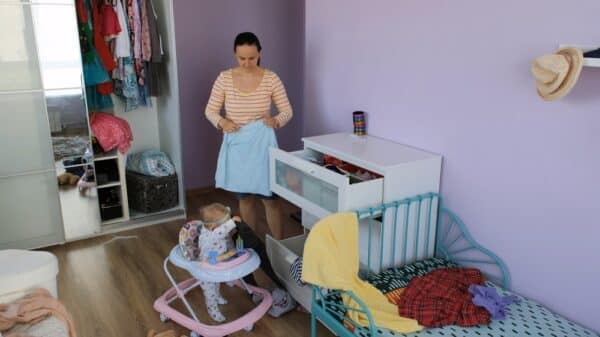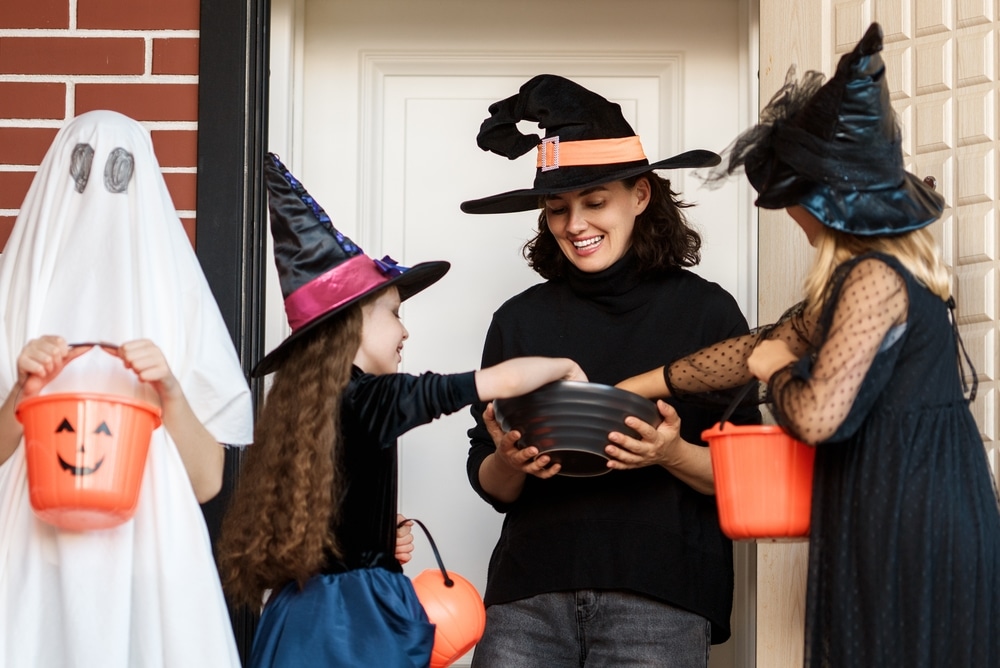Navigating Halloween Candy: A Parent’s Dilemma
The excitement of Halloween often comes with a unique challenge for parents: how to manage candy consumption. Should parents impose limits on pieces? Should they swap candy for toys or other treats? Or is it better to let kids enjoy their sweets until they disappear? Navigating these questions can feel overwhelming, especially when aiming for a healthy approach to treats.
Embracing a New Perspective on Sweets
Sammy, a mother who shares insights on TikTok under the handle @supportingchaos, believes that Halloween can serve as a valuable lesson in developing a healthier relationship with sweets. Starting October 1st, she places a generously filled candy bowl in her foyer, allowing her kids the freedom to indulge throughout the month.
Setting Guidelines for Candy Enjoyment
While her kids are welcome to enjoy the candy, there are two key expectations: they must dispose of the wrappers appropriately and pay attention to their body’s cues regarding hunger. By promoting awareness of their own physical sensations, Sammy is encouraging her children to make mindful choices about consumption.
Learning from Past Experiences
Sammy’s approach is rooted in her own experiences growing up. She recalls being a child deeply captivated by the allure of Halloween candy. To her, it was less about costumes and camaraderie, and more about gathering as much candy as possible. This intense focus on sweets not only diminished her enjoyment of the holiday but also complicated her relationship with food.
The Impact of Diet Culture
Sammy candidly shares that the societal pressures of diet culture left her with lingering issues surrounding food, including binge eating and restrictive practices. The conflicts surrounding her Halloween candy with her mother only amplified these struggles. The tension created during that time fostered a cycle of obsession and stress, shaping her approach to food in the years that followed.
Positive Changes from the Candy Bowl Experiment
Over the years, Sammy has noticed a significant shift in her household dynamics surrounding candy. Initially, her children are thrilled to see the candy bowl, but their consumption tends to remain moderate, generally ranging from one to three pieces a day. As the month progresses, the novelty wears off, and candy becomes just another part of their environment rather than an object of fixation.
Reframing Halloween Experiences
Interestingly, by the time Halloween arrives, her children aren’t solely focused on candy. In fact, Sammy observes that they often approach the holiday with an attitude of moderation, resulting from their month-long exposure to sweets. This perspective seems to enhance their overall enjoyment of the festivities.
A Vision for the Future
The positive outcomes of the candy bowl initiative have inspired Sammy to consider extending the approach year-round. Her journey serves as a powerful reminder of the importance of breaking cycles of restricted eating patterns and empowering children to have a balanced relationship with food. It’s a strategy worth exploring for other families striving for healthier dynamics around treats.



































